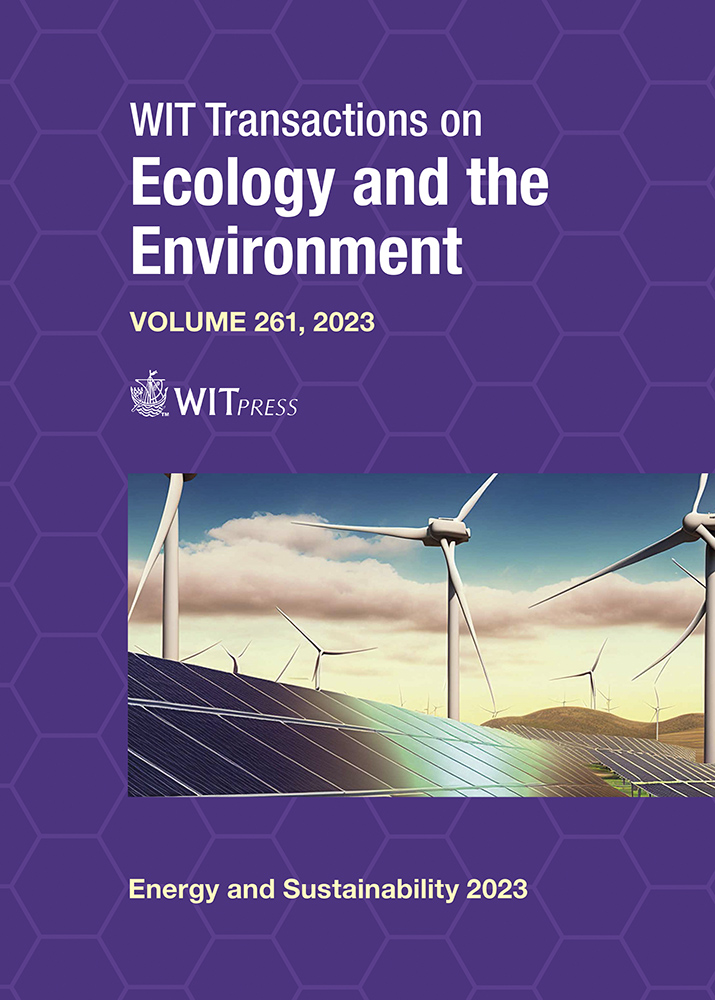CRITICAL DISCUSSION ON BUILDING ENERGY RETROFIT POLICIES
Price
Free (open access)
Transaction
Volume
261
Pages
11
Page Range
13 - 23
Published
2023
Paper DOI
10.2495/ESUS230021
Copyright
Author(s)
MUHARREM MELIH UTKAN, BUKET METIN
Abstract
Building energy retrofit has become crucial in reducing the energy consumption of buildings since buildings have a significant energy consumption rate. Therefore, energy retrofit can reduce energy consumption while improving energy performance, and the building’s overall image can also be changed. However, as it is for new buildings, governmental organisations should control and audit the building energy retrofit process to provide the requirements and keep the standard. Recently, energy retrofit gained popularity worldwide with the increasing interest in ‘sustainable development’ and ‘energy efficiency’ issues due to the existing building’s role in energy consumption. In this case, different countries have developed policies based on their situations. For instance, since Europe has numerous old buildings, regulatory processes, incentives, and public awareness drive the retrofitting process. On the other hand, in the USA, companies offer energy-efficient retrofit solutions to building owners or operators due to the characteristics of the market-based driven energy retrofit process. However, Turkey has general laws on energy efficiency in buildings, such as the Energy Efficiency Law and the National Energy Efficiency Plan, as the building energy retrofit process is a brand-new topic. Thus, there is a need to develop detailed directives and incentives to manage the process efficiently. This paper discusses regulatory approaches and policies used for the building energy retrofit process in the European Union and the USA to develop proposals for the Turkish construction industry. First, it provides a comparative analysis of the policy-based process of building energy retrofit. For this purpose, the official building energy retrofit regulations are examined, pros and cons are discussed. Finally, a regulatory approach is proposed for the Turkish construction industry for building energy retrofit by investigating the challenges and opportunities.
Keywords
building energy, building energy retrofit, building energy retrofit policy, building energy regulation, building energy directive





